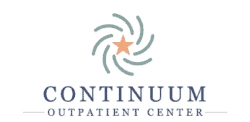How to Practice Mindfulness?
Mindfulness has become a popular tool for healing and relaxation. Read on to learn how this skill can help you improve on all aspects of your health.
Written and medically reviewed by the clinical team at Ripple Ranch Recovery Center, including licensed therapists, addiction specialists, and medical professionals.
What Is Mindfulness?
Mindfulness is when your mind is fully present and aware of what you are doing and where you are while not being reactive or overly stimulated by the activities occurring around you.1
People often use meditation exercises as a part of their daily meditation practice. Meditation is a practice that involves focusing and clearing your mind. There are several types of meditation, each involving various physical and mental exercises.
2

Table of Contents
Learn More About Ripple Ranch Recovery Center
Our team is standing by to discuss your situation and options. Your call is fully confidential, and no obligation is required
Mindfulness and Meditation
Beginning a daily or weekly routine that includes meditation may initially seem challenging or confusing. But there are many simple exercises and tips for meditating available to help you get started. Different practices will be more beneficial to some than others.
It’s important to gain a holistic understanding of what these practices entail. You don’t have to incorporate every practice into your day either. First, it may help to explain the basics of mindfulness and meditation for beginners first before continuing on.
Basics of Mindful Practice
As noted above, there are several choices for meditation techniques. There is no single or perfect way for someone to practice this either. Learning how to apply the basics to your daily routine can offer many benefits to your health and well-being. But how does one get started with mindful meditation? Below are a few simple instructions you can use to begin learning meditation at home.3
Set Aside Time
Pick a time of day that works best for you. Again, there is no perfect time, so if mornings are more convenient or beneficial than evenings or vice versa, that’s perfect. Find a quiet place where you won’t be disturbed and get into a comfortable position. Depending on your chosen technique, this may involve sitting or lying down.
Observe the Present Moment As It Is
Close your eyes and allow your mind to observe the moment. An important technique is allowing yourself to become aware of your surroundings. Focus on your breathing and cleansing your mind of unwanted and unhelpful thoughts.
Let Your Judgments Roll By
Your mind will occasionally wander while meditating, and that’s okay too. Acknowledge the thoughts that enter your mind and then dismiss them.
Return to Observing the Present Moment
When you notice your thoughts start to stray from your breathing, acknowledge the thoughts that enter your mind and then bring your mind back to your breathing.
Be Kind to Your Wandering Mind
Allow your mind to wander without judgment, but try not to focus on future events or past concerns. Focus on keeping your mind on the present, your immediate surroundings, and your breathing.
Reasons to Start Practicing Mindfulness
Mindfulness can manifest itself in various ways, each of which improves overall wellness. These will be detailed below.
Health Benefits
Mindful meditation techniques provide many benefits to several aspects of one’s health. These can include:4
- Emotional Benefits: Certain exercises can help reduce mental health symptoms, including anxiety and depression. Studies also show that these techniques for stress reduction can mitigate the impact of stressors that can worsen certain mental health challenges.5
- Cognitive Benefits: Data from recent studies suggest improvements in memory and cognition are another benefit of this training. Meditation may also improve attention span and reduce the effects of cognitive decline.6
- Interpersonal Benefits: Including meditation basics into your daily routine may promote interpersonal benefits, including improved social and personal relationships and a greater sense of satisfaction with life overall.
- Professional Benefits: Meditation as part of your professional life may help reduce stressors and job-related difficulties that can lead to problems with co-workers, your boss, or finding and maintaining employment.
- Practical Reasons for Practicing Mindfulness: Learning meditation has other valuable benefits, including improving your physical and spiritual health.
Impact of Mindful Meditation
Mindfulness training is not a standalone treatment for medical or mental health concerns. However, various types of practices have been shown to provide several physical benefits in addition to the emotional and cognitive benefits outlined above.
Additional Benefits
The other benefits that mindfulness and meditation can bring into your life may include:7
- Reducing Stress: Studies have shown that regular mindful meditation can help reduce stress levels associated with mental health conditions, addiction recovery, and your day-to-day routine.
- Lower Heart Rate: Calm and guided meditation, along with other types of practices, induce a state of calm and relaxation, which can help lower heart rate and reduce blood pressure.
- Improved Immunity: Research into the effects of these practices on overall health suggests meditation may be associated with improved immune responses. 8
- Better Sleep: Because meditation helps you relax and calm your mind, it may also improve your sleep quality. This is one benefit of doing these practices in the evening as well.
Mindfulness Exercises
Understanding meditation and its many benefits offers a way to heal your mind, body, and spirit naturally without medical intervention. There are several examples of easier exercises as well.
Basic meditation involves sitting in a comfortable position with your back straight. Some people choose to use a chair, while others sit on the floor with their back against a wall and their legs crossed. Choose the position that is most comfortable for you. Breathe through your nose and focus on your breathing. Take note of any physical sensations or emotions that enter your mind but allow them to pass through without contemplating them. Continue to focus on your breath, encouraging relaxation.
Duration of Mindfulness Meditation
Mindfulness meditation may only last a few moments at first. You may aim for longer meditations as you learn to stay in the present and develop additional meditation tools or try different meditation practices. Again, what is important is finding the environment, approach, and tools that work best for you.
Tips for Being Mindful in the Workplace
Incorporating mindfulness into your workday could help reduce anxiety and workplace stressors that can lead to job challenges or dissatisfaction.
Important Tips and Considerations
Below are a few tips for being mindful in your work environment:
- Use a Metacognitive Strategy: Metacognitive strategies involve planning how to approach learning something new, using appropriate techniques and skills to solve problems, and self-assessment.
- Acknowledge Your Feelings: It is okay to acknowledge that you feel stress, worry, or anxiety throughout the day. Take a moment to recognize your feelings. Acknowledging and letting them pass can lead to a more productive, enjoyable workday.
- Mindful Listening: Mindful listening is listening to others without criticism, interruption, or judgment. Mindful listening helps you develop an awareness of your internal thoughts and reactions that may otherwise disrupt effective communication.
- Mindfulness Exercises: Use short, mindful exercises throughout the day to refocus your attention and realign your thoughts. These can take just 60 seconds, but they are crucial to helping you balance your mind throughout the day.
- Introduce a Breathing Exercise Before a Meeting: Take a moment to practice mindful breathing before a meeting. This can help you to calm your mind, relax your muscles, and enter your meaning prepared and confident.

Find Helpful Mindfulness Practice at Ripple Ranch Recovery
There are several benefits to meditation. Not only can incorporating this practice into your daily routine improve your emotional and cognitive health, but it can also improve many aspects of your physical, social, and spiritual health. Getting started is easier than some may think as well.
There are many beginner guides to meditation online, and these practices are often incorporated into mental health and addiction treatment programs at Ripple Ranch Recovery. Our evidence-based treatment programs incorporate proven and tested therapy models along with holistic and alternative treatments.
Contact Us Today
To learn more about our peaceful 20-acre healing retreat in Texas and how mindful meditation can help you during recovery and beyond, contact a member of our treatment team today. Starting meditation doesn’t have to be difficult, and we can help guide you or a loved one every step of the way during your recovery.
Resources
- 1 https://www.mindful.org/what-is-mindfulness/
- 2https://my.clevelandclinic.org/health/articles/17906-meditation
- 3https://news.harvard.edu/gazette/story/2018/04/less-stress-clearer-thoughts-with-mindfulness-meditation/
- 4 https://www.ncbi.nlm.nih.gov/pmc/articles/PMC6796228/
- 5 https://www.apa.org/monitor/2012/07-08/ce-corner
- 6 https://content.iospress.com/articles/journal-of-alzheimers-disease/jad143009
- 7 https://greatergood.berkeley.edu/article/item/five_ways_mindfulness_meditation_is_good_for_your_health
- 8 https://www.ncbi.nlm.nih.gov/pmc/articles/PMC4940234/





